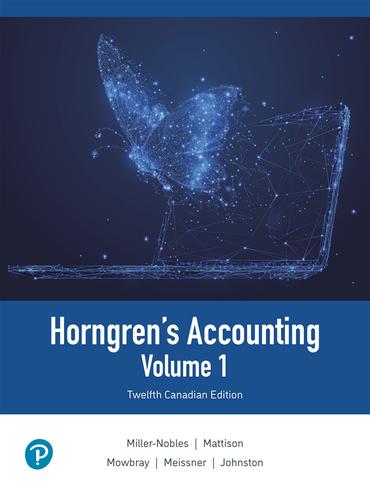Question
Effective October 2005, the Bankruptcy Abuse Prevention and Consumer Protection Act of 2005 (BAPCPA) represents the most sweeping change to the United States Bankruptcy Code
Effective October 2005, the Bankruptcy Abuse Prevention and Consumer Protection Act of 2005 (BAPCPA) represents the most sweeping change to the United States Bankruptcy Code in almost forty years. Applauded by the credit card industry, which had lobbied the United States Congress for several years before its enactment, the BAPCPA makes it extremely difficult, if not impossible, for middle income Americans to file for Chapter 7 (liquidation) bankruptcy (Traditionally, the United States Bankruptcy Court used Chapter 7 for debtor rehabilitation, allowing the debtor to discharge pre-existing debts in return for his/her relinquishment of non-exempt property, and the non-exempt property was used to partially satisfy creditor claims.) Instead, the BAPCPA channels bankrupt debtors into Chapter 13 (reorganization) bankruptcy, with strict restrictions against debt forgiveness. The BAPCPA has come under criticism, in part because it allows no exceptions for unanticipated medical expenses (a Harvard University study concluded that more than fifty percent of bankruptcies are attributable to unpaid medical bills,) loss of employment, or financial difficulties resulting from dissolution of marriage. BAPCPA critics argue that individuals so affected should be allowed to file Chapter 7 (liquidation) bankruptcy protection. Critics further contend that without such a change in the BAPCPA, the only real discharge for many debtors will be death.
From a legal standpoint, should the United States Congress rewrite the BAPCA and create exceptions for unanticipated medical expenses, loss of employment, or financial difficulties resulting from dissolution of marriage (and allow the bankrupt debtor to file for Chapter 7 bankruptcy protection?) From an ethical standpoint, should not our society give these people a break? Are not such people, and their financial situations, substantially different from consumers who max out their credit cards on mad shopping sprees?
Step by Step Solution
There are 3 Steps involved in it
Step: 1

Get Instant Access to Expert-Tailored Solutions
See step-by-step solutions with expert insights and AI powered tools for academic success
Step: 2

Step: 3

Ace Your Homework with AI
Get the answers you need in no time with our AI-driven, step-by-step assistance
Get Started


